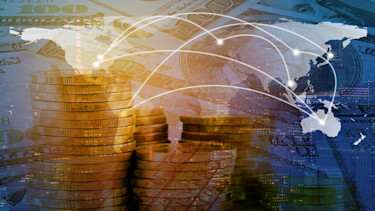ESG Strategist – EuGBs outperform regular green bonds
Larissa de Barros Fritz
Bonds issued under the EU Green Bond Standard (EuGBs) outperform regular green bonds both in primary and secondary markets, with higher investor demand and stronger pricing performance. On average, EuGBs attract larger orderbooks at issuance and price at lower new issue premia than regular green bonds and other investment-grade bonds issued during the same timeframe, however, this trend is most prominently visible within corporate bond issuers. After issuance, EuGBs experience more significant spread tightening than regular green bonds, especially in SSA and corporate bonds, with EuGBs from banks actually underperforming in secondary market. EuGBs exhibit lower volatility in secondary markets compared to regular green bonds, as measured by the standard deviation of z-spreads. Our findings are constrained by the small sample size of EuGBs issued year-to-date, limited comparability across ratings and sub-sectors, and the inability to conduct more robust statistical analyses.



